
High Precision Spur Gears: Design Principles, Standards, and Industrial Applications
By: Admin / September 5, 2025
Introduction High Precision Spur gears are among the most fundamental and widely used mechanical components in industrial engineering. Known for their simplicity, precision, and reliability, spur gears transmit motion and power between parallel shafts through straight teeth cut parallel to the gear axis. Despite their apparent simplicity, the science behind spur gears is deeply technical, […]
Read More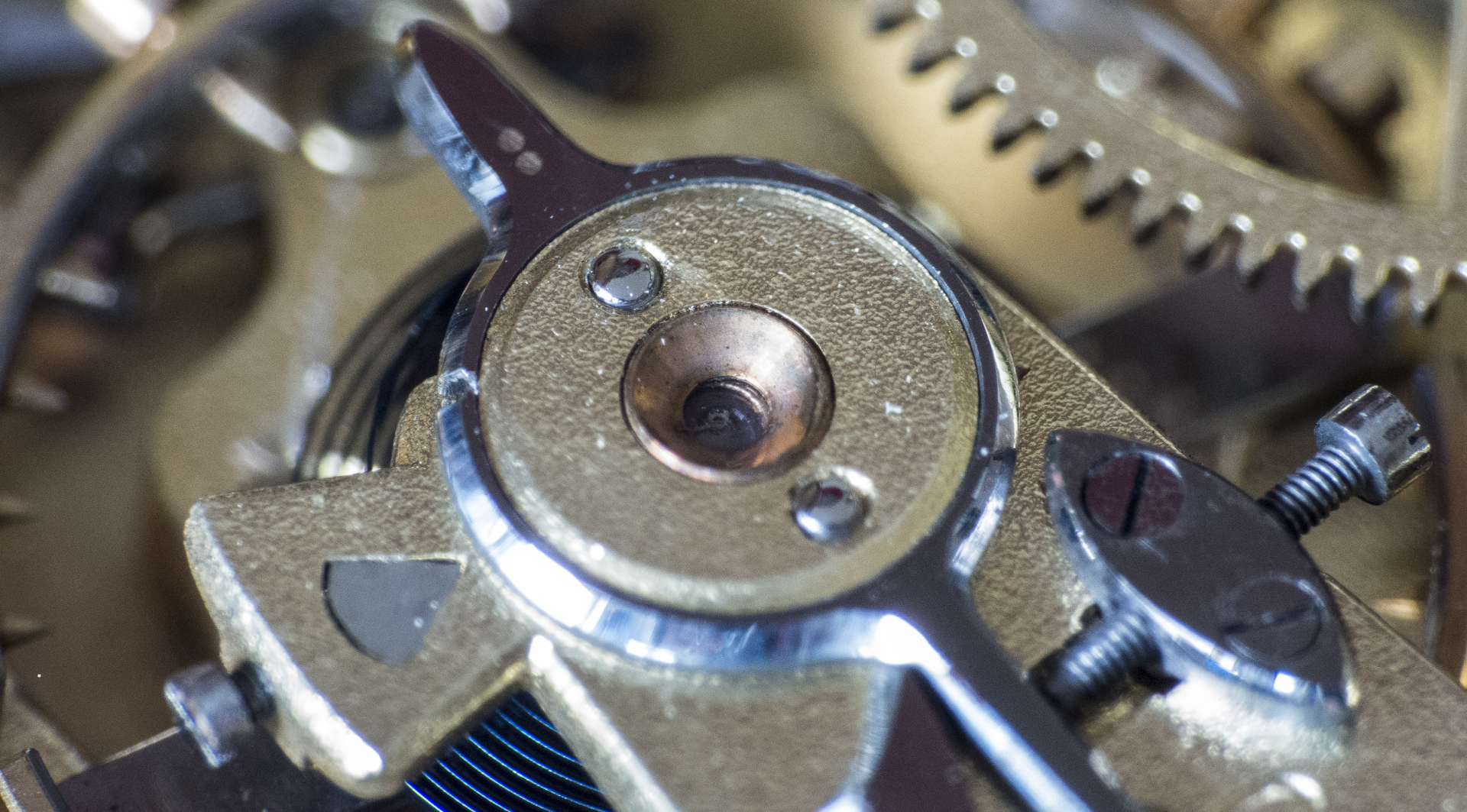
Helical vs. Spur Gears: Performance, Efficiency, and Selection Criteria for Engineers
By: Admin / September 5, 2025
Introduction In the field of mechanical engineering and industrial design, gear selection plays a pivotal role in system performance, efficiency, and reliability. Among the most common gear types are spur gears and helical gears, each with distinct advantages, limitations, and industrial applications. While spur gears are renowned for their simplicity and high efficiency, helical gears […]
Read More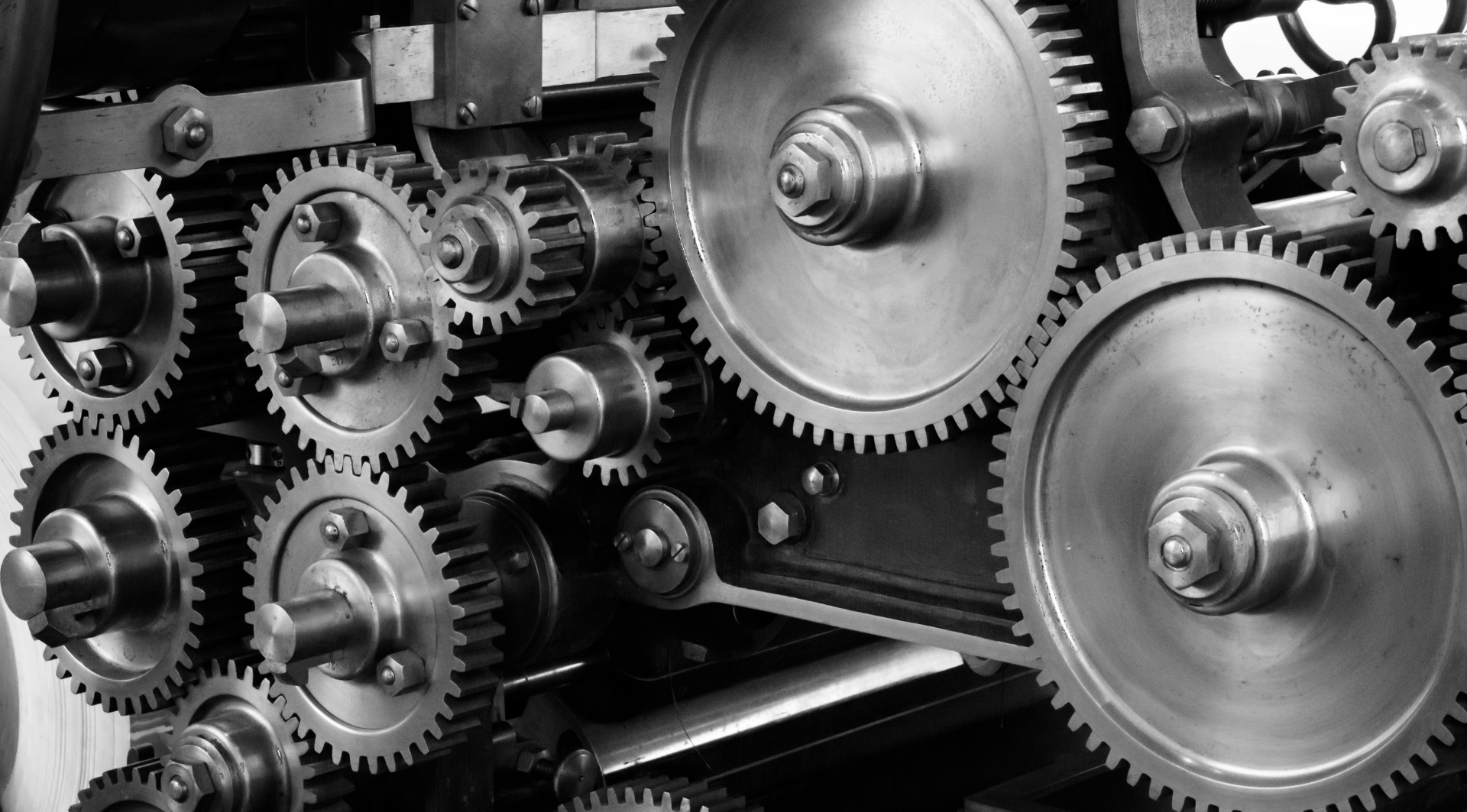
Gear Quality Standards Explained: AGMA, DIN, ISO – What Procurement Needs to Know
By: Admin / September 5, 2025
Introduction When sourcing gears for industrial applications, quality standards are not optional — they are essential. For mechanical engineers, quality control managers, and procurement managers, understanding international standards such as AGMA (American Gear Manufacturers Association), DIN (German Institute for Standardization), and ISO (International Organization for Standardization) is critical. These standards dictate gear tolerances, accuracy classes, […]
Read MoreHeat Treatment and Surface Hardening in Gears: Ensuring Durability and Precision
By: Admin / September 5, 2025
Introduction The performance and lifespan of gears depend not only on their design but also on their material properties and treatment processes. Heat treatment and surface hardening are critical steps in gear manufacturing that significantly improve strength, wear resistance, and dimensional stability. For mechanical engineers, quality control managers, and procurement managers, understanding these processes is […]
Read More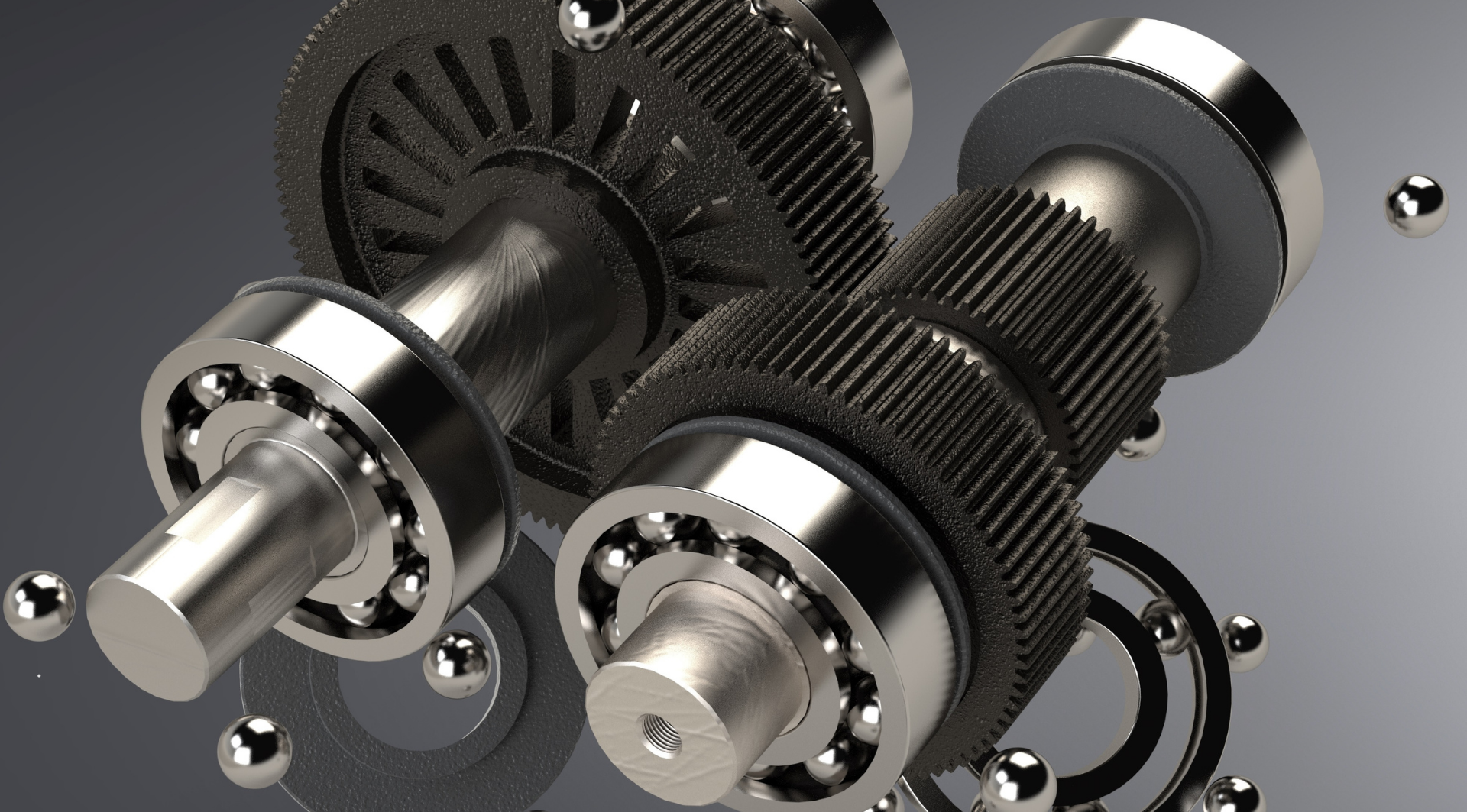
Reverse Engineering of Gears: From Worn Components to Precision Replicas
By: Admin / September 5, 2025
Introduction In modern industries, equipment downtime can cost millions of dollars. When a critical gear fails—and the original design or supplier is unavailable—reverse engineering gears becomes the most efficient solution. By combining precision inspection, digital modeling, and advanced manufacturing, companies can recreate high-performance gears that meet or exceed the original specifications. This article explores the […]
Read More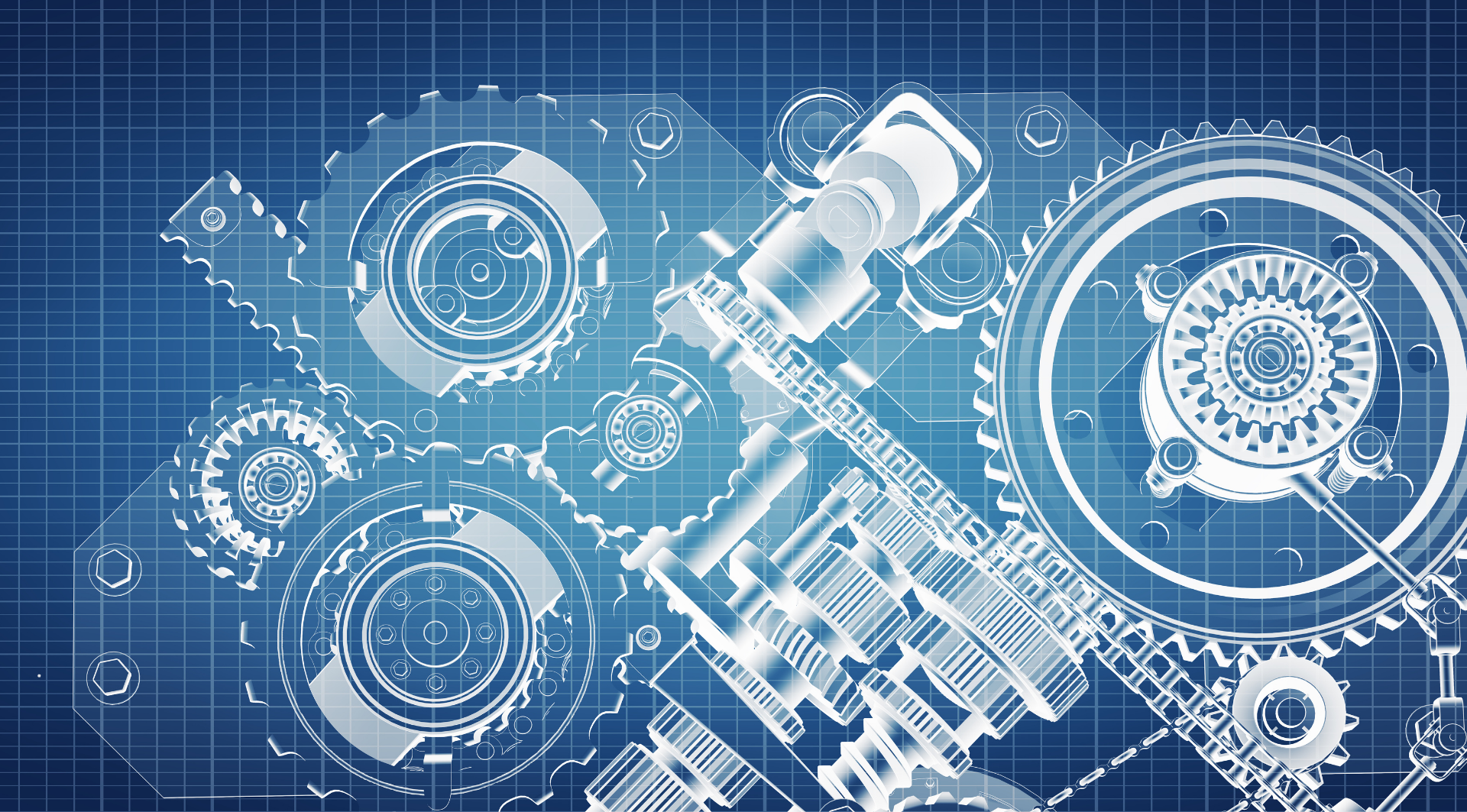
Worm Gears and Efficiency Challenges: Design Insights for Engineers
By: Admin / September 5, 2025
Introduction Worm gears are widely used in power transmission systems where high reduction ratios, compact design, and self-locking mechanisms are required. However, despite their advantages, worm gears face unique efficiency challenges, primarily due to friction and heat generation. Understanding these limitations and applying correct design practices ensures reliability, performance, and longer service life. This article […]
Read More
Planetary Gear Systems: High-Torque Solutions for Modern Industries
By: Admin / September 5, 2025
Introduction Planetary gear systems—also known as epicyclic gear trains—are among the most efficient and versatile solutions in modern engineering. Their compact size, high torque capacity, and ability to distribute loads evenly make them essential in industries such as automotive, aerospace, mining, and renewable energy. This article explores the design, performance benefits, and applications of planetary […]
Read More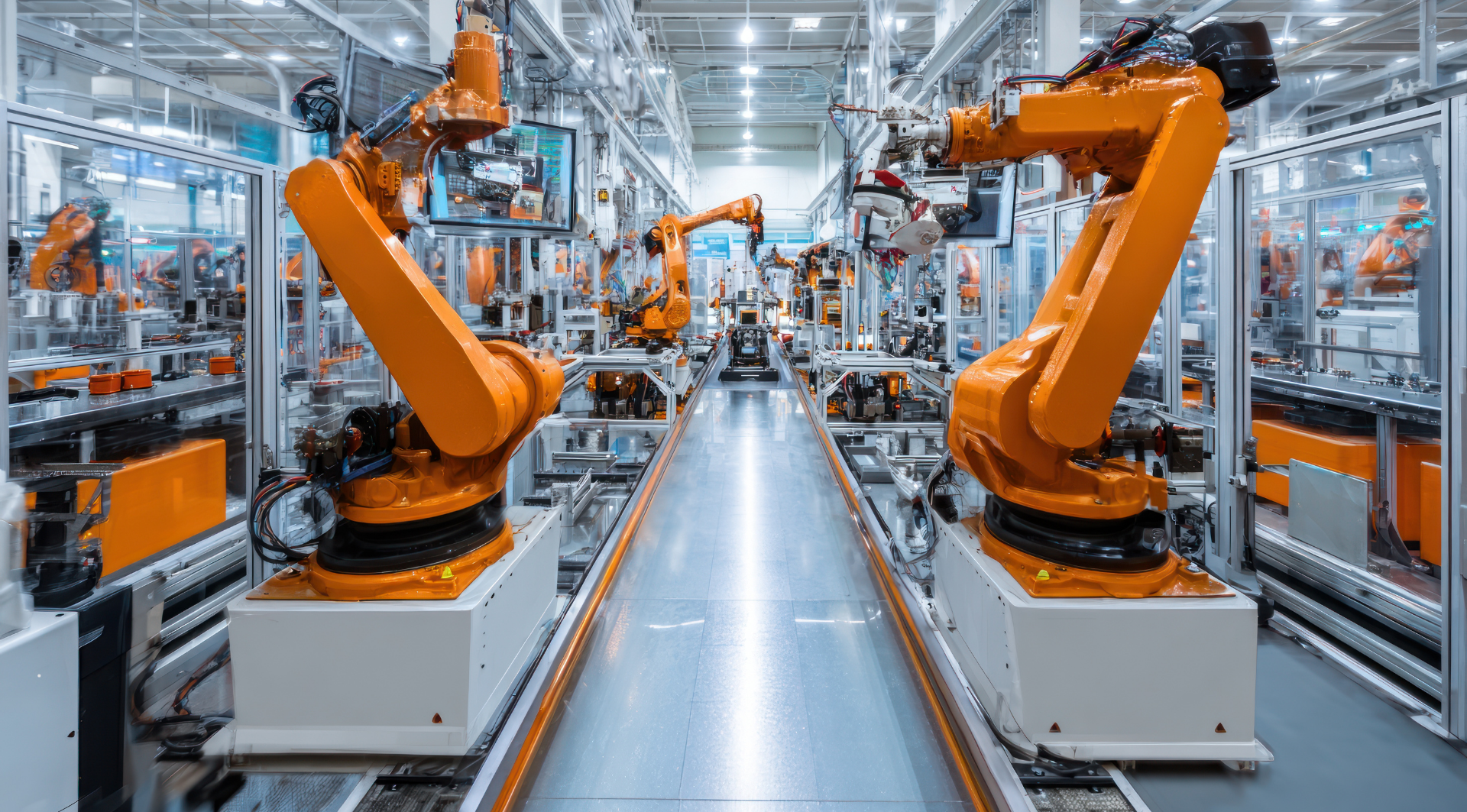
Cycloidal Gears in Robotics and Automation: Precision Beyond Conventional Systems
By: Admin / September 5, 2025
Introduction In robotics and automation, precision and reliability are non-negotiable. Conventional gear systems like spur or helical gears can introduce backlash, limiting motion accuracy. Cycloidal gears, however, offer a unique design that minimizes backlash, increases torque capacity, and enhances durability—making them the preferred choice for robotic arms, CNC machines, and automation equipment. This article examines […]
Read More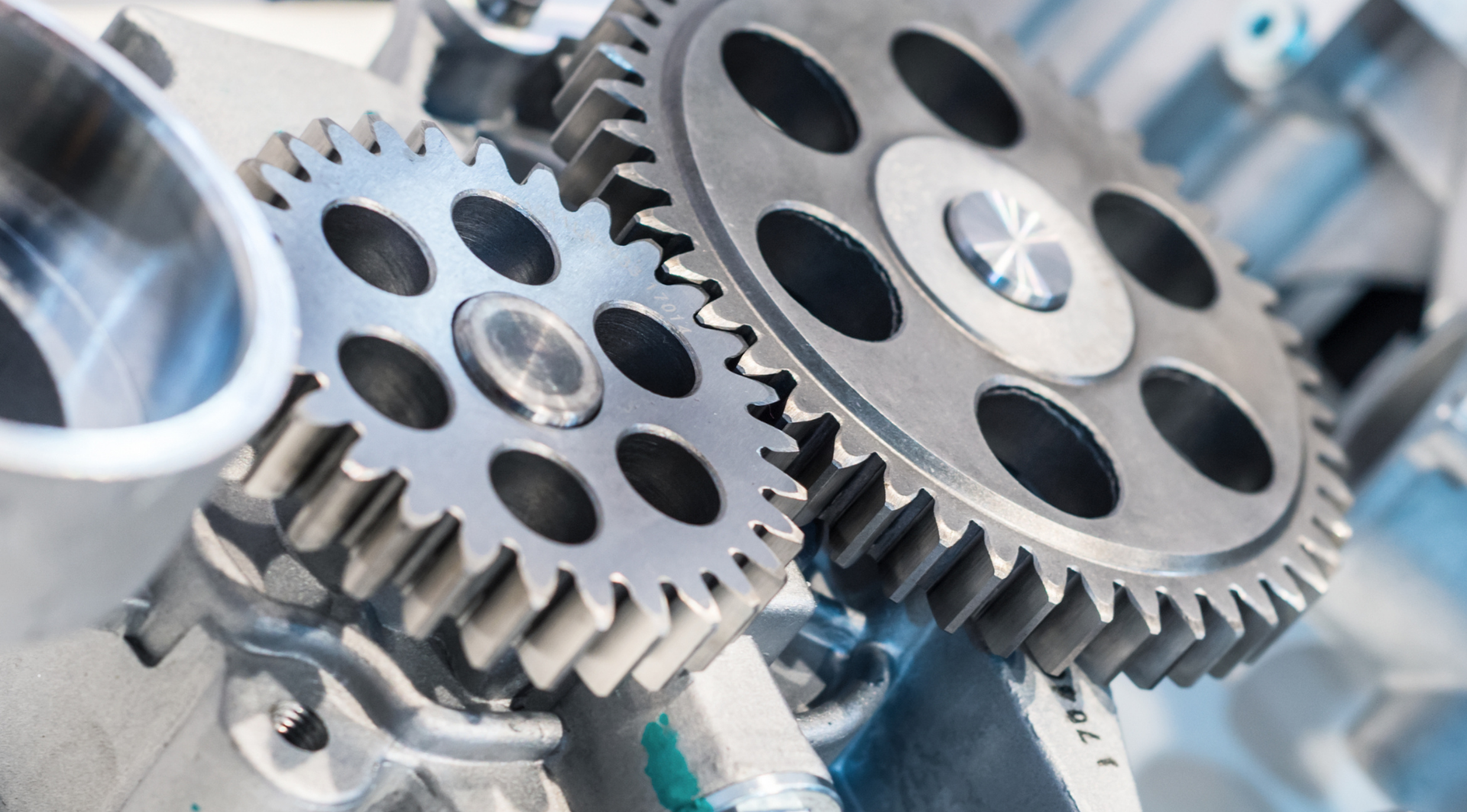
Gear Materials: From Alloy Steels to Advanced Composites
By: Admin / September 5, 2025
Introduction Selecting the right gear material is as critical as choosing the correct gear design. The material directly impacts strength, wear resistance, noise levels, cost, and service life. From traditional alloy steels to modern composites, engineers must carefully evaluate application requirements, load conditions, and environmental factors. This article provides a comprehensive guide to gear materials […]
Read More

